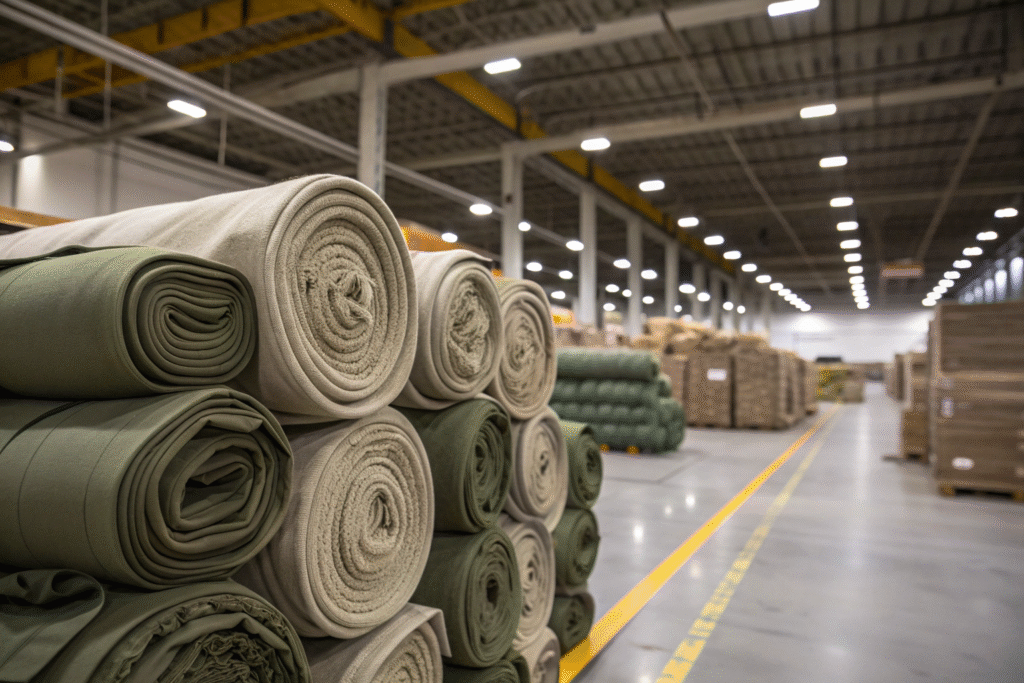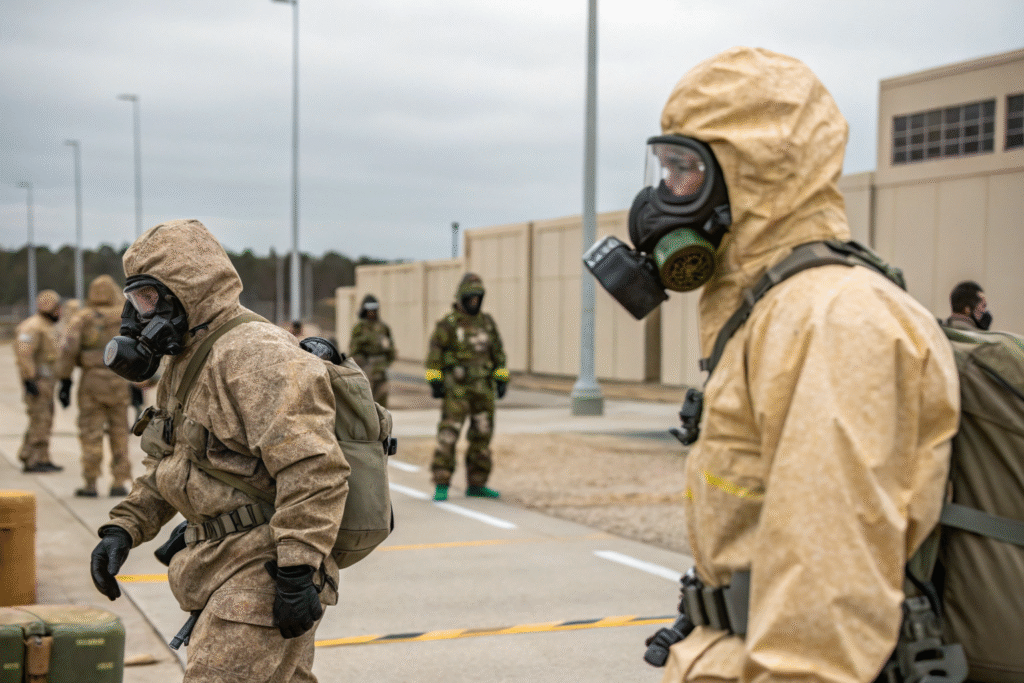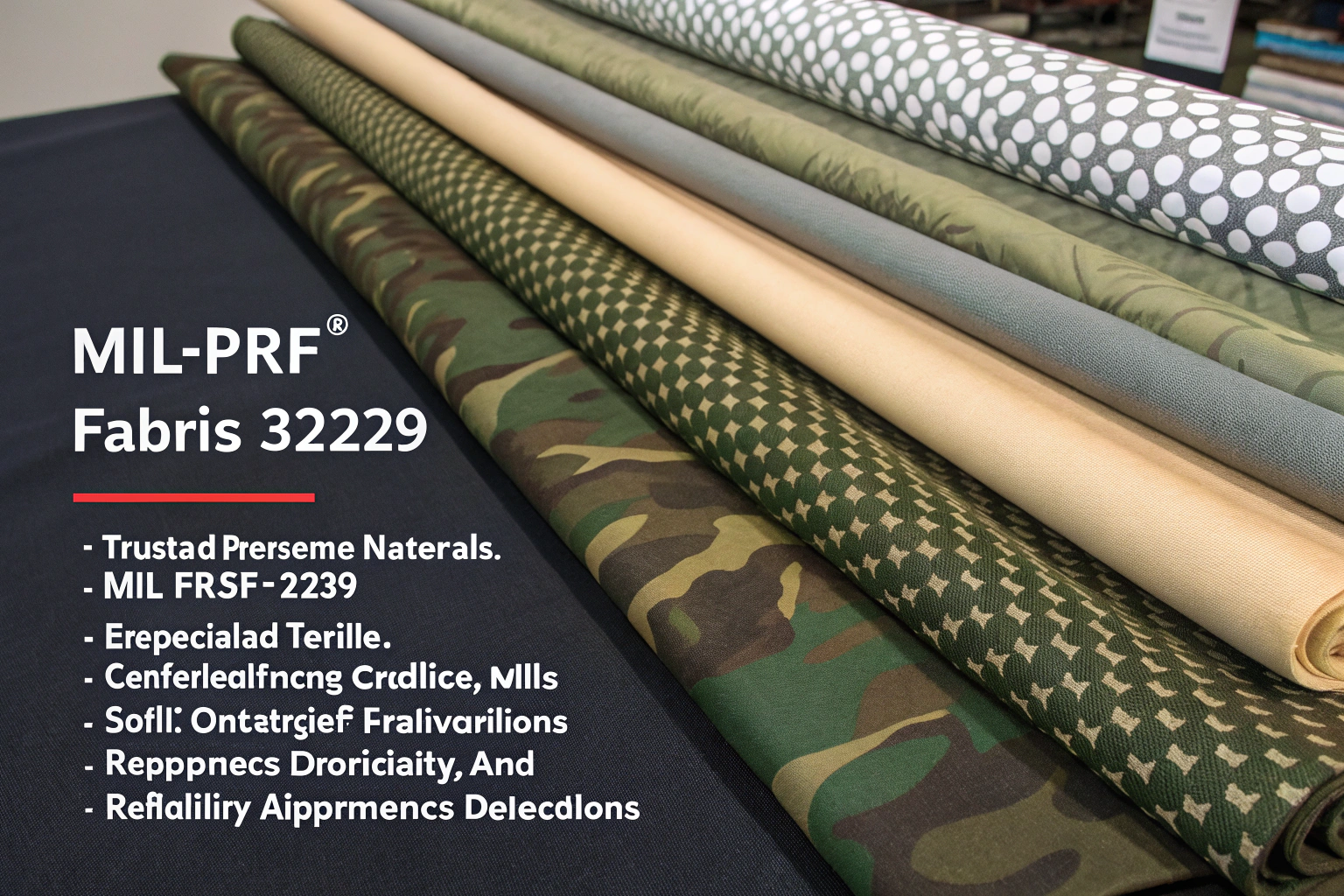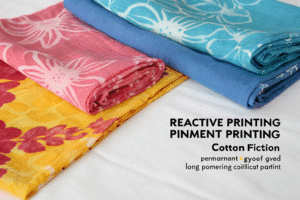In today’s fast-changing defense and industrial landscape, reliable protective fabrics are not just a requirement—they are a matter of survival. Buyers and procurement managers often struggle to locate authentic MIL-PRF-32239 certified chemical protective fabrics, facing the common issues of inconsistent supply chains, varying quality standards, and the risk of counterfeit claims. This creates frustration and delays in meeting urgent operational deadlines.
The answer is clear: MIL-PRF-32239 fabrics are specialized materials available from trusted defense textile suppliers, certified manufacturers, and authorized distributors who comply with U.S. military standards. These fabrics can be sourced through established textile mills, government-approved contractors, and niche defense suppliers who are experienced in chemical, biological, radiological, and nuclear (CBRN) protection solutions.
If you are seeking genuine fabrics with verifiable certifications, you must understand the sourcing channels, certification processes, and global suppliers who meet stringent performance benchmarks. Let’s explore these key points in detail.
What Is MIL-PRF-32239 Certification?
The U.S. Department of Defense established MIL-PRF-32239 as a performance specification for chemical protective clothing materials. This certification ensures fabrics can resist penetration of toxic chemical agents and maintain durability under field conditions.
MIL-PRF-32239 certified fabrics are designed for CBRN defense suits, hoods, gloves, and shelters. They are tested under simulated battlefield environments to guarantee consistent barrier protection, breathability, and wearability. The standard covers not only fabric resistance but also seam integrity, laundering durability, and resistance against petroleum and environmental factors.

Why is MIL-PRF-32239 important in defense procurement?
The certification provides a uniform standard that procurement officers can trust. Without it, organizations risk sourcing unverified fabrics that might compromise safety. According to Defense Logistics Agency, MIL-certified materials are mandatory for contracts involving protective gear supply.
What materials are commonly used in these fabrics?
Certified fabrics often combine aramid fibers (like Kevlar) with activated carbon layers for adsorption, laminated with breathable membranes. These technical constructions balance protection and comfort, making them suitable for long operational hours.
Where Can You Buy MIL-PRF-32239 Fabrics?
You can source MIL-PRF-32239 certified fabrics through a few primary channels:
- Government-Approved Defense Suppliers: Companies listed under the Defense Logistics Agency Troop Support directory.
- Specialized Textile Manufacturers: Firms producing CBRN fabrics under military contracts.
- Authorized Distributors: Wholesalers and agents licensed to sell certified protective materials.

Can international buyers purchase MIL-PRF-32239 fabrics?
Yes, but they must work with licensed distributors or U.S.-approved contractors. Export regulations, such as ITAR, often restrict direct sales, so foreign defense buyers need verified procurement channels.
Are there alternatives to U.S. sources?
Some European and Asian textile labs manufacture comparable fabrics under NATO or ISO standards. While not identical to MIL-PRF-32239, they may serve as substitutes if the end-use application allows. However, for U.S. DoD contracts, only MIL-certified fabrics are accepted.
How to Verify Supplier Certification?
Ensuring authenticity is essential when purchasing chemical protective fabrics. Many suppliers may claim compliance, but only a few are truly certified.

What documents should you request from suppliers?
Buyers must always request:
- Certificate of Conformance (CoC) signed by the manufacturer
- Test reports from accredited labs (SGS, Intertek, or U.S. Army Natick labs)
- Lot traceability documents linking production batches to certification
A trustworthy supplier will also provide QR-coded batch data for transparency.
What are common red flags of unreliable suppliers?
If a supplier avoids sharing documents, delays responses, or offers unusually low prices, these may indicate counterfeit or substandard products. Buyers should cross-check supplier names against the SAM.gov registry of approved defense contractors.
What Are the Key Applications of MIL-PRF-32239 Fabrics?
These fabrics serve as the backbone of personal protective equipment in chemical warfare defense. Their primary uses include:

How are they used in military operations?
MIL-PRF-32239 fabrics are tailored into full-body CBRN suits, gloves, boots, and shelters. These garments allow troops to operate in contaminated environments without exposure risks. According to NATO Standardization Office, such suits are critical in joint operations.
Do they have civilian or industrial applications?
Yes, many industries rely on similar protective fabrics. For example, hazmat response teams and industrial chemical plants use comparable textiles. Companies like Lakeland Industries supply gear to both military and civilian sectors, ensuring worker safety in toxic zones.
Conclusion
Finding authentic MIL-PRF-32239 certified chemical protective fabrics requires careful sourcing, supplier verification, and regulatory compliance. Only manufacturers and distributors approved by the U.S. Department of Defense can guarantee authenticity. For global buyers, understanding certification requirements, export restrictions, and documentation is critical to avoid costly mistakes.
If you are seeking a long-term partner to co-develop or source advanced protective fabrics, we at Shanghai Fumao are ready to support your needs. Our professional Business Director, Elaine, can provide direct assistance with procurement and development. You can reach her at elaine@fumaoclothing.com to discuss your project and secure reliable sourcing channels.










